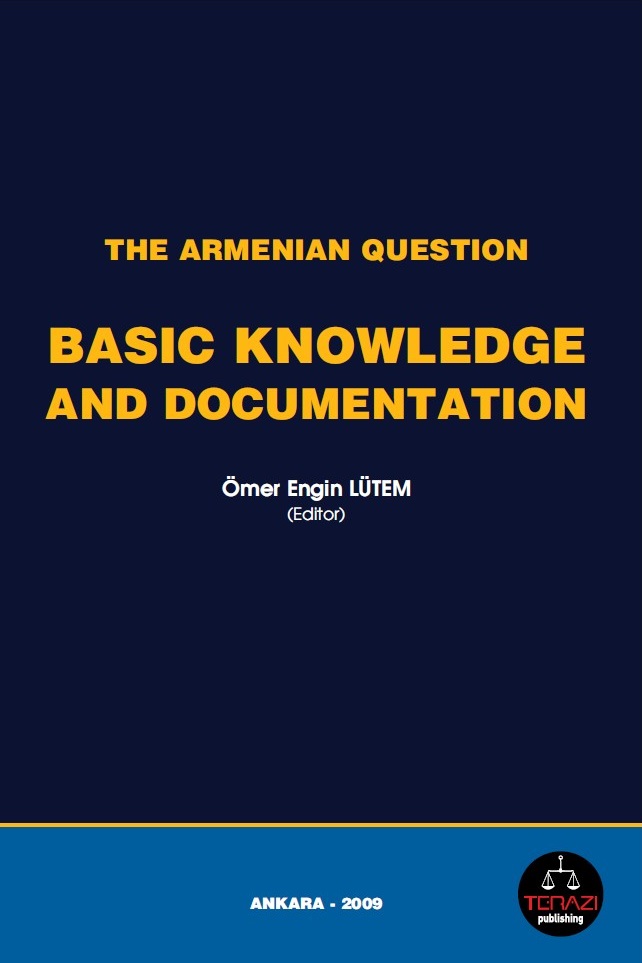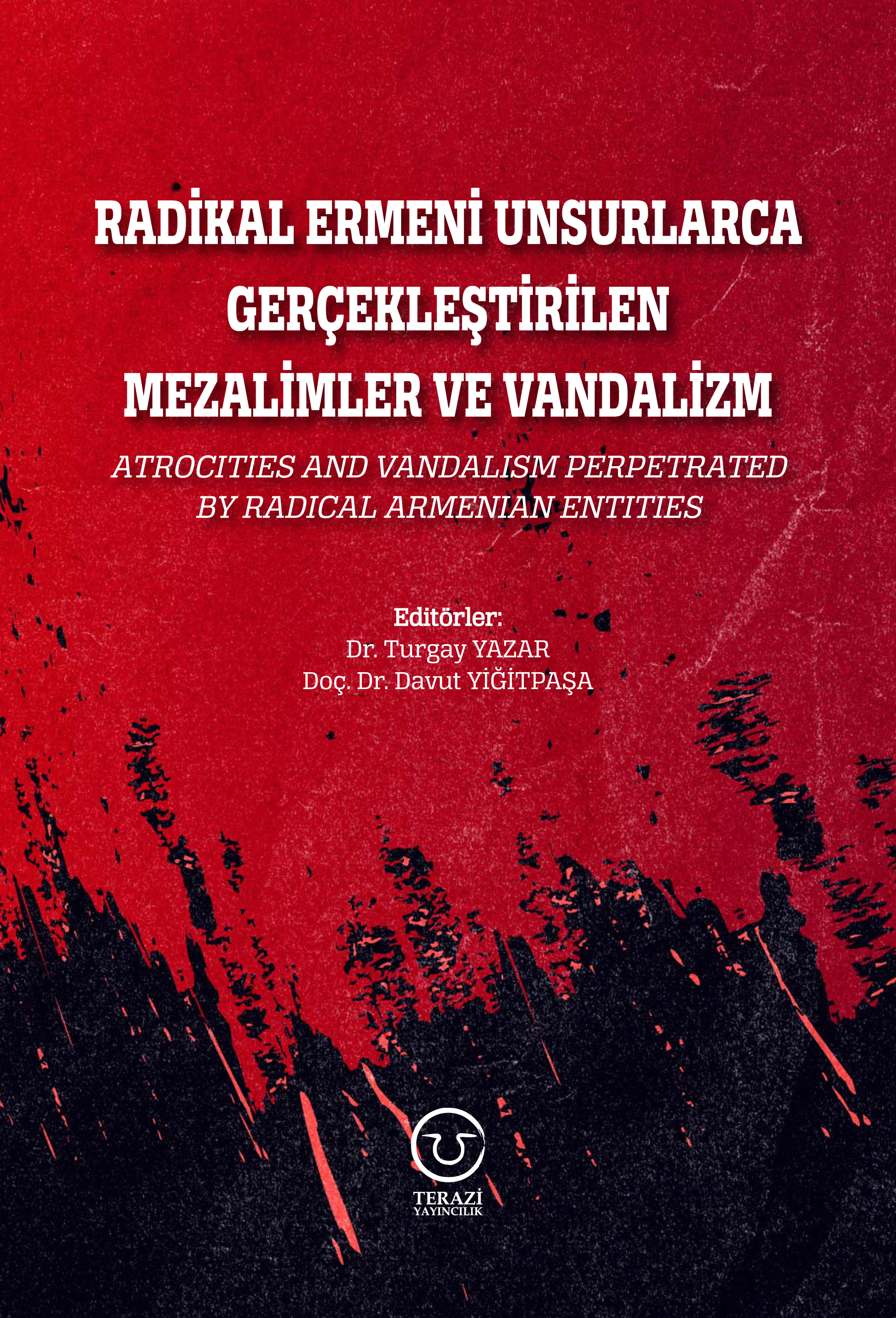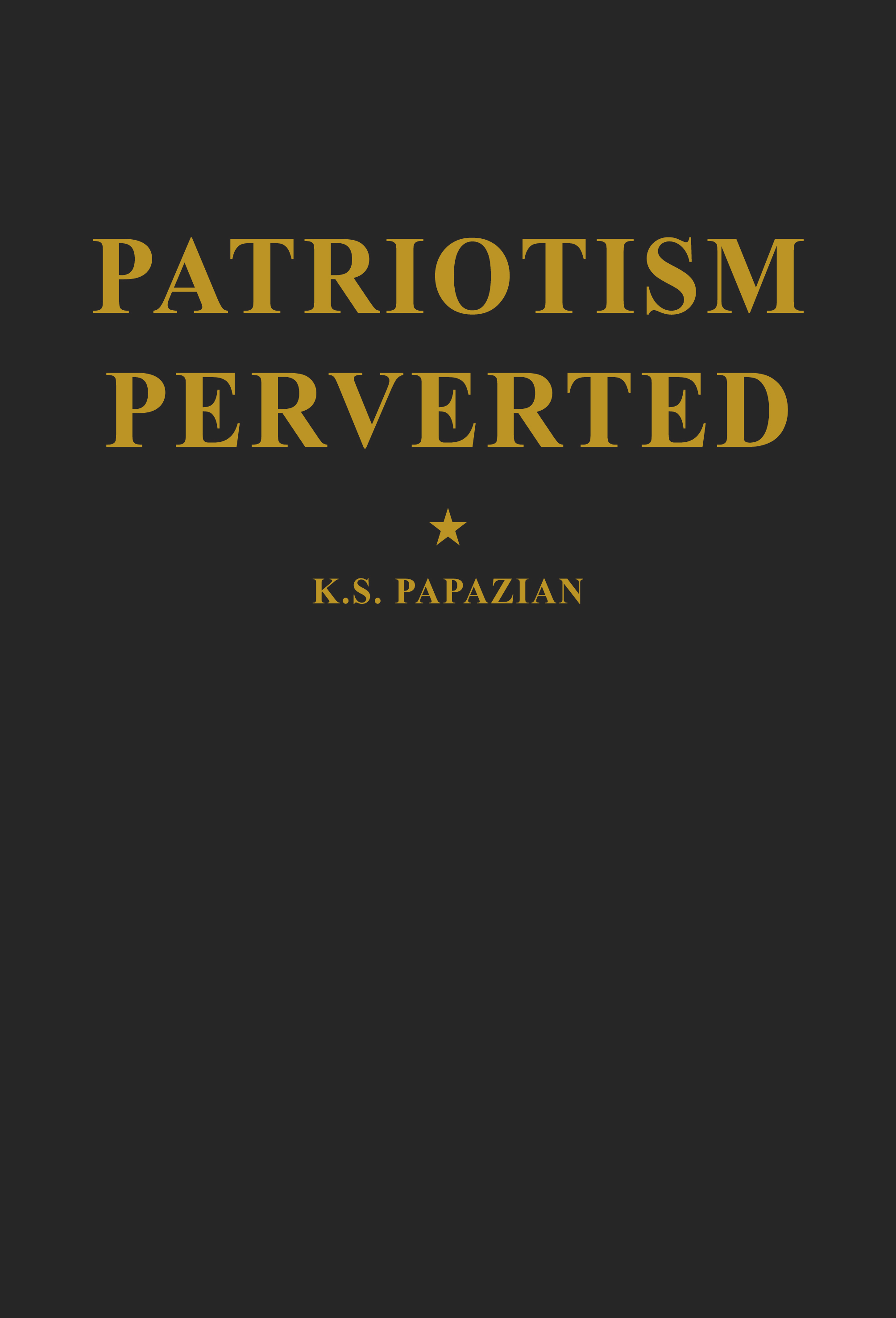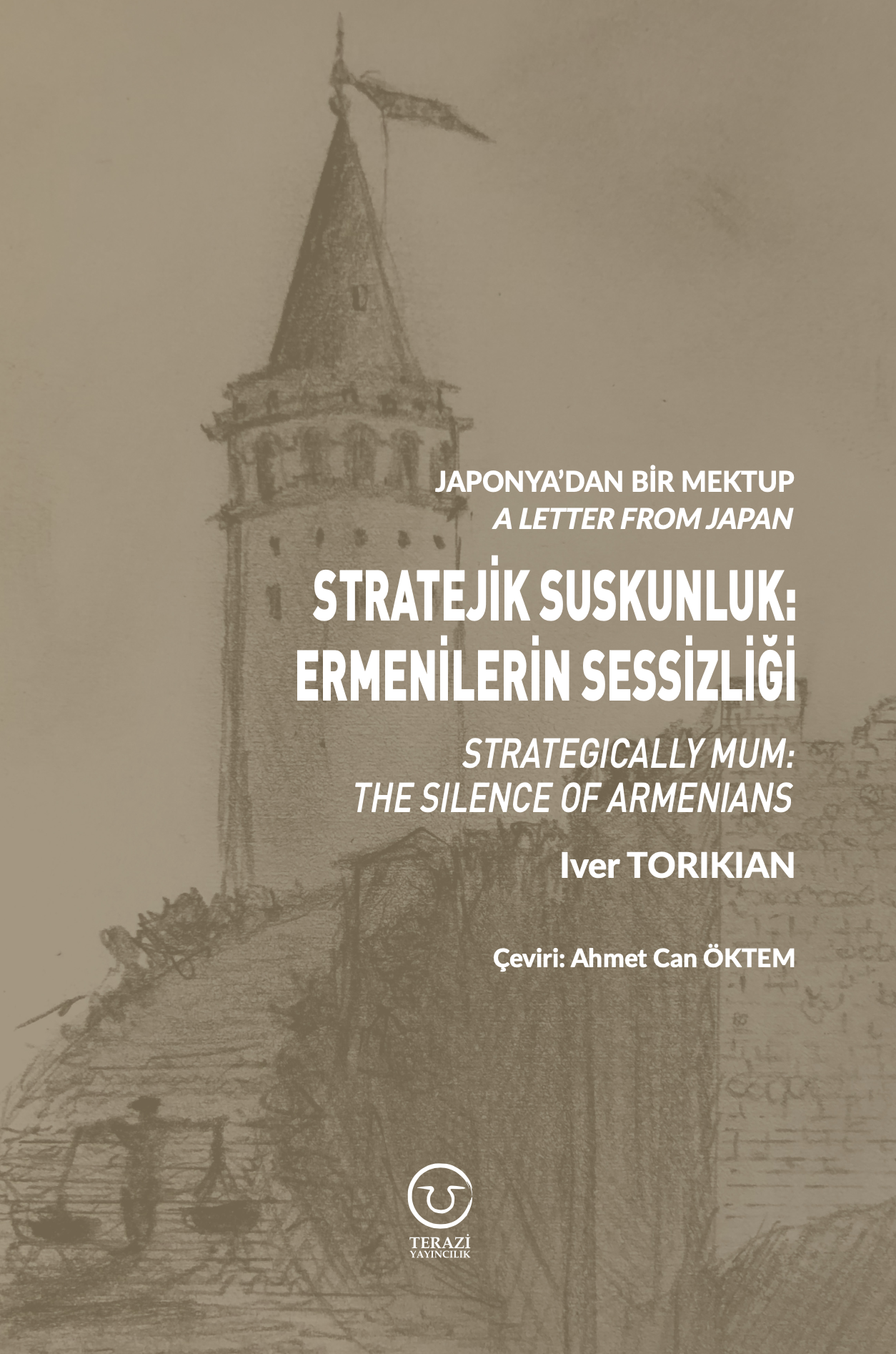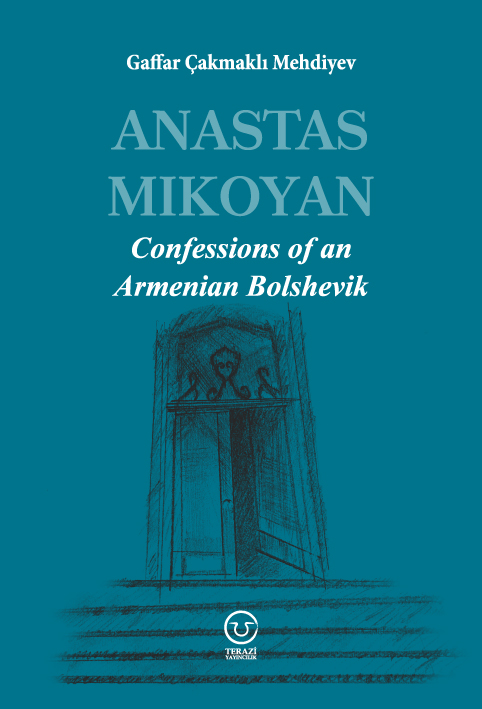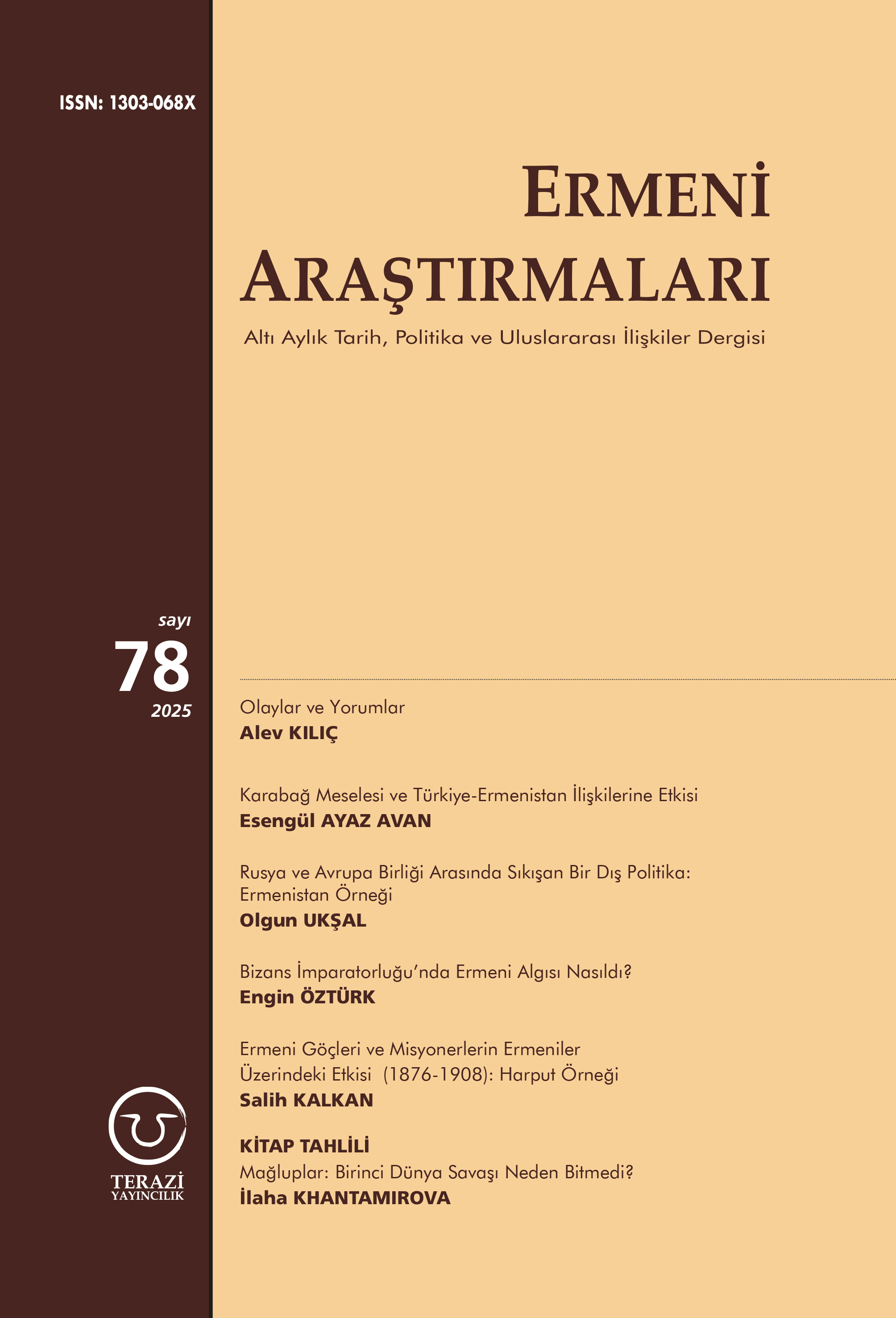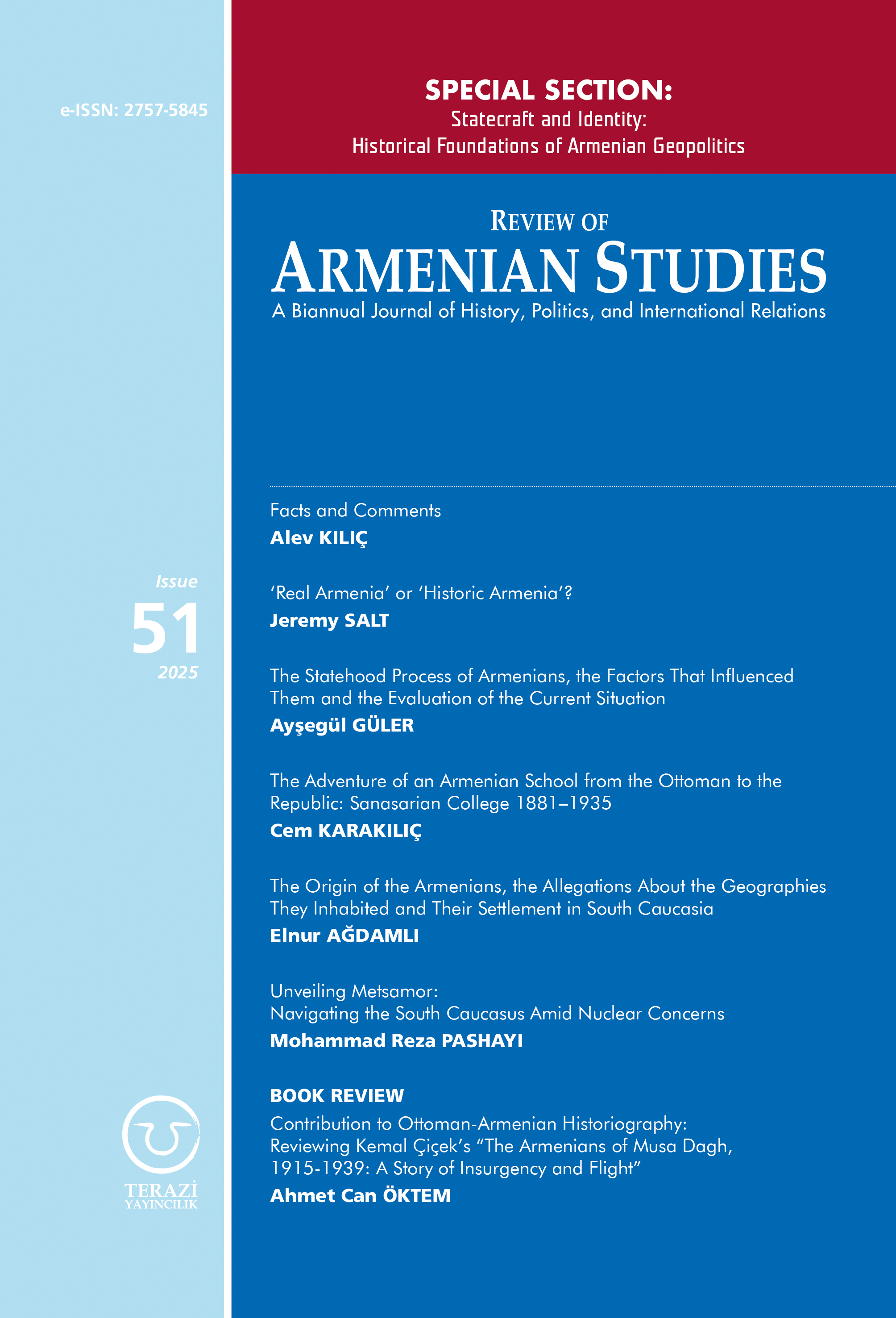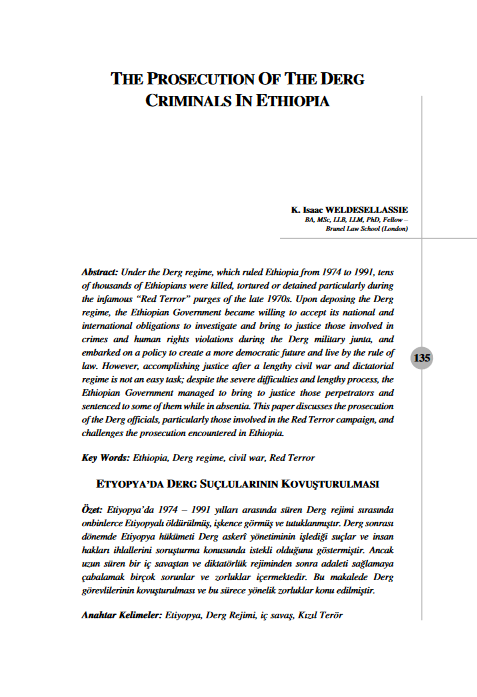This is the English translation of a Turkish language article that was originally published by AVİM on 27 March 2025.
The Nikol Pashinyan government recently invited 10 Turkish journalists to Armenia and answered their questions. In his statements to the journalists, he indicated that; "there is no Western Armenia [Eastern Türkiye] term in our constitution. It exists elsewhere, but not in our constitution." This statement has once again brought to the agenda the issues of constitutional amendment and “Western Armenia” that we had discussed multiple times in the past.
The “elsewhere” Pashinyan refers to is the Declaration of Independence that is explicitly referred to in the preamble of the Constitution of Armenia. As we have emphasized many times before, a constitution is the most fundamental and supreme document in the hierarchical order of state domestic law. The Declaration of Independence, which is referenced in the preamble of the Constitution of Armenia, has the authority of a constitution as it has not been proven otherwise by legal documents and has been interpreted as such until the present. In the Constitutional Court of Armenia’s judgement on the demarcation of borders with Azerbaijan, it has been stated (albeit not explicitly) that the Declaration of Independence is a historical document and therefore not valid in terms of legal authority. Nevertheless, due to its power within state law, the constitution needs clarification and amendments in the context of the peace process with Azerbaijan. Pashinyan and other government officials, who have refrained from making any statement regarding the removal of the explicit reference to the Declaration of Independence, continue to ignore this issue, which is crucial for the constitutional amendment planned for 2027. They also claim that the Declaration of Independence is de facto not in force because of the Constitutional Court's judgement. It is evident though that this claim currently has no repercussions within the legal sphere.
The Declaration of Independence is not the only case in which the concept of “Western Armenia” is referenced. As is known, the architectural structure named Tsitsernakaberd (Ծիծեռնակաբերդ) in Yerevan contains statements that it represents the 12 provinces of “Western Armenia”.[1] It is also seen from open sources that touristic trips are organized from Armenia to certain provinces of Türkiye under the name of “Western Armenia Tour”. Although Pashinyan states that the term “Western Armenia” is not mentioned in the Constitution, it is evident that “Western Armenia” remains an impactful idea not only in the Declaration of Independence but also in the perspective of Armenian citizens.
As a result, it is easier for this unattainable idea to maintain its relevancy among the citizens of Armenia because the Pashinyan government fails to make any efforts contrary to this idea. The constitutional amendment, allegedly planned since 2018, provides plausible ground for the removal of the reference to the Declaration of Independence. This document, which is often criticized by Pashinyan for being contrary to modern politics and international law and ignored for being “historical”, should be definitively removed from the legal sphere through the constitutional amendment and confined solely to historical discussions.
© 2009-2025 Center for Eurasian Studies (AVİM) All Rights Reserved

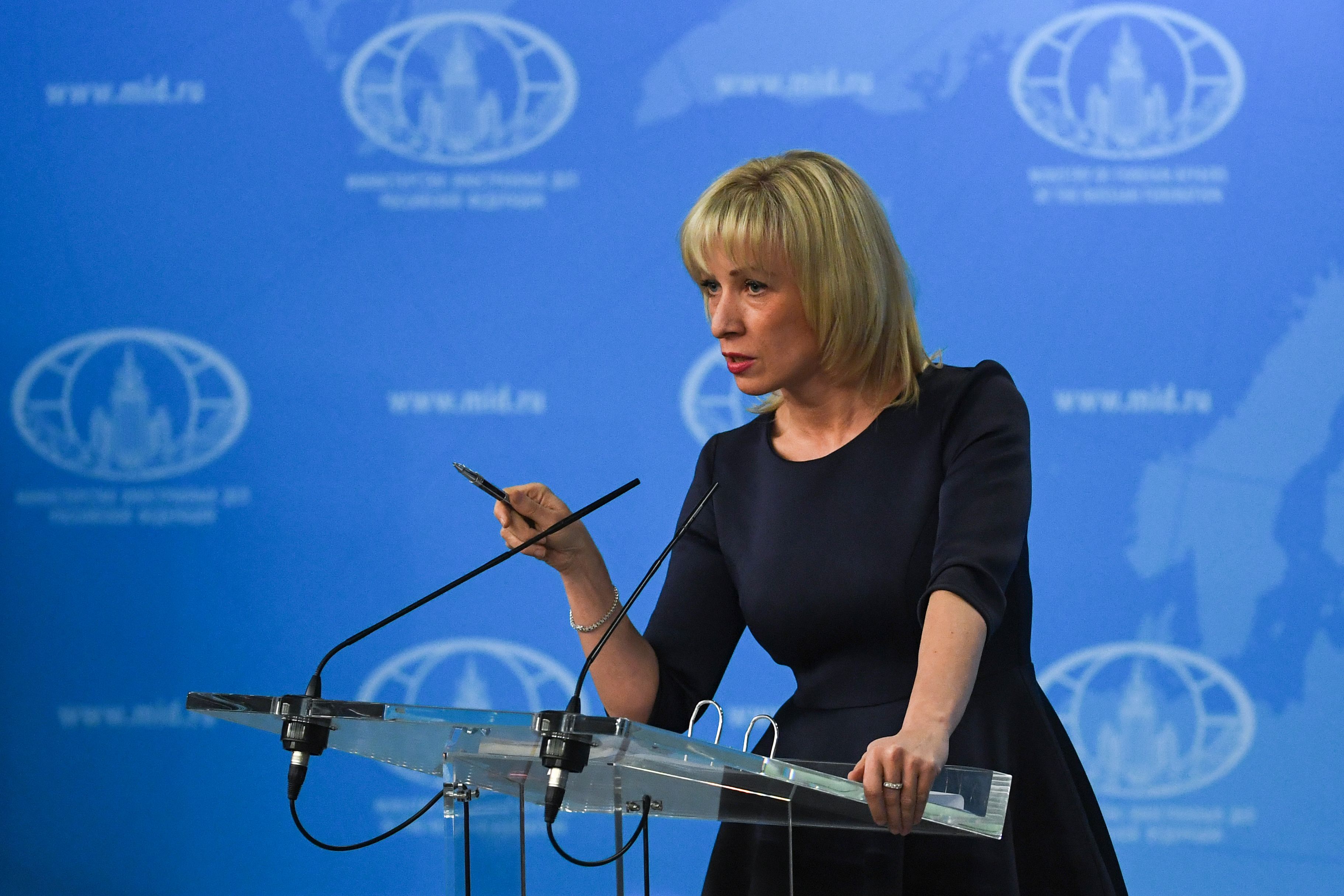 ZAHAROVA ACTING AS A SPOKESPERSON FOR GENOCIDE ALLEGATIONS
ZAHAROVA ACTING AS A SPOKESPERSON FOR GENOCIDE ALLEGATIONS
 PASHINYAN’S SHIFTING STATEMENTS
PASHINYAN’S SHIFTING STATEMENTS
 PASHINYAN'S ONE-SIDED VIEW OF THE PEACE PROCESS
PASHINYAN'S ONE-SIDED VIEW OF THE PEACE PROCESS
 THE CLAIM OF WESTERN ARMENIA AND ITS REFLECTIONS IN THE PUBLIC OPINION
THE CLAIM OF WESTERN ARMENIA AND ITS REFLECTIONS IN THE PUBLIC OPINION
 PASHINYAN'S STATEMENTS REGARDING 'WESTERN ARMENIA' AND PUBLIC OPINION REALITIES
PASHINYAN'S STATEMENTS REGARDING 'WESTERN ARMENIA' AND PUBLIC OPINION REALITIES
THE RESOLUTION OF THE EUROPEAN PEOPLE’S PARTY - Ömer Engin LÜTEM
 CALL FOR PAPERS: JOURNAL OF INTERNATIONAL CRIMES AND HISTORY
CALL FOR PAPERS: JOURNAL OF INTERNATIONAL CRIMES AND HISTORY
 THE INDEPENDENT LETS FISK TO ABUSE HISTORICAL FACTS AGAIN
THE INDEPENDENT LETS FISK TO ABUSE HISTORICAL FACTS AGAIN
 POPE FRANCIS’ OFFICIAL VISIT TO ARMENIA
POPE FRANCIS’ OFFICIAL VISIT TO ARMENIA
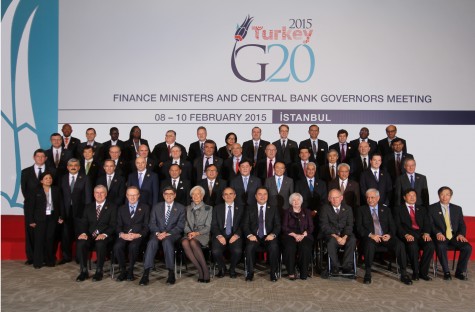 TURKEY’S PRESIDENCY OF THE G-20 IN 2015
TURKEY’S PRESIDENCY OF THE G-20 IN 2015
